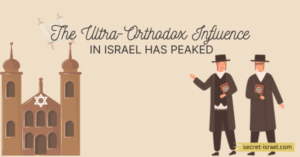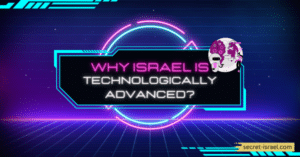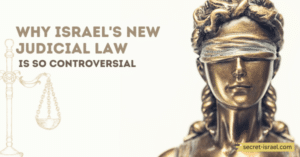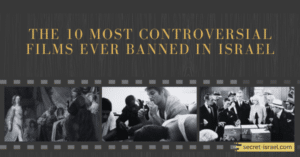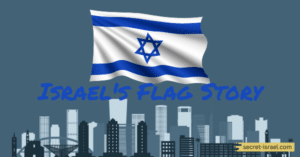Explore the root causes of Israel’s Civil War, from historical grievances and religious tensions to external influences and socioeconomic disparities. Gain insight into the complexities of the conflict and its impact, and uncover possibilities for lasting peace and stability in the region.
You’ll gain a deeper understanding of the reasons why this conflict has been so difficult to resolve. With this knowledge, we can better understand how peace could finally be achieved between the two sides and bring lasting stability to the region.
Tracing the Origins of Israel’s Civil War
Tracing the origins of Israel’s Civil War is a complex and layered task, requiring an in-depth understanding of the political, social, and economic factors that drove the conflict.
The roots of the crisis can be traced back to the early twentieth century and the Zionist movement, which aimed to establish a Jewish homeland in Palestine.
The tension between Jews and Arabs in the region intensified following the 1947 United Nations partition plan, which divided Palestine into Jewish and Arab states. The outbreak of the Civil War in 1947 was driven by a range of factors, including:
- Nationalist Aspirations
- Territorial Disputes
- Religious Tensions
To fully understand the root causes of this conflict, it is necessary to examine the historical, cultural, and political context that gave rise to it.

Unpacking the Key Players and Divisions
The ongoing conflict in Israel can be perplexing to outsiders, with complex histories and rival factions jockeying for power. Unpacking the key players and divisions can be a daunting task, but it is crucial for understanding the root causes of the civil war. At the heart of the conflict are deep-seated political and religious differences, with various groups vying for control and influence.
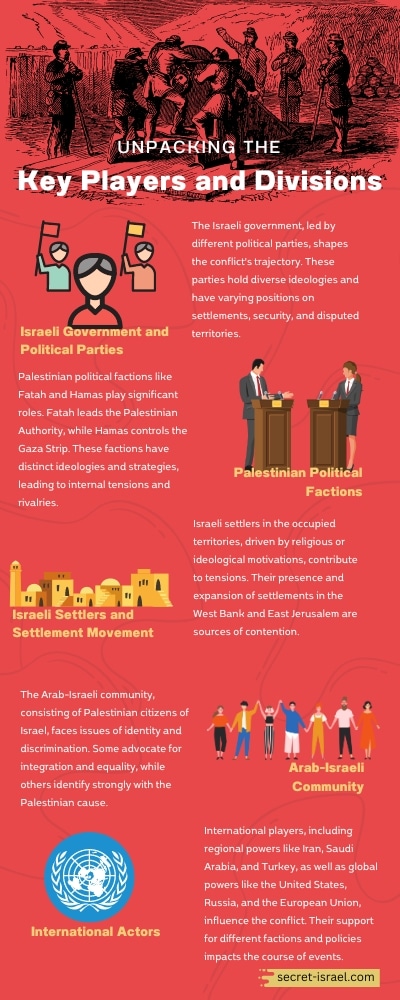
Exploring the Impact of Inequality and Disparity
In Israel’s civil war, the impact of inequality and disparity plays a significant role in shaping the conflict.
Socioeconomic factors contribute to the tensions and divisions within the region. Socioeconomic disparities, including unequal distribution of resources, opportunities, and power, deepen existing political, ethnic, and religious divisions.
They fuel discontent, leading to social unrest and intensifying conflicts over land, resources, and political power. These disparities also shape alliances and support networks, as different groups align themselves with specific factions based on economic incentives.
Addressing inequality and disparity is crucial for building a stable and inclusive society that fosters cooperation, trust, and shared prosperity. It is important to understand and address these underlying socioeconomic factors to achieve lasting peace and reconciliation in Israel.

Analyzing the Role of Faith in the Conflict
The role of faith is significant in understanding Israel’s civil war. Religion, particularly Judaism and Islam, shapes the conflict’s dynamics and motivates various parties. Religious significance attached to Jerusalem and its sites fuels tensions.
Faith influences the identities and aspirations of Israelis and Palestinians, driving their national and religious connections to the land. It can unify communities but also deepen divisions and foster extremism.
International actors may invoke religious narratives, further entangling the conflict. By analyzing the role of faith in the Israeli civil war, we can gain a deeper understanding of the conflict and explore potential avenues for resolution.
Ultimately, a nuanced understanding of faith’s influence on conflict is an important step towards fostering peace and understanding in the region.
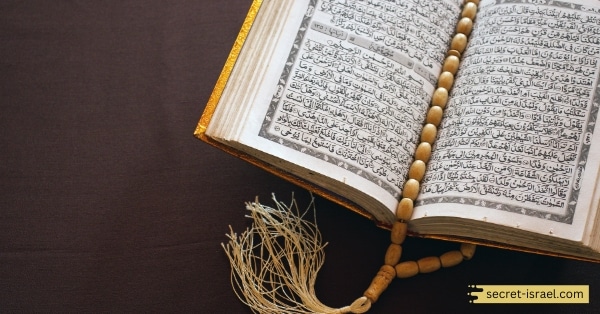
Examining External Factors Shaping Israel’s Civil War
Israel’s Civil War has been a prolonged conflict filled with complexities. Examining external factors shaping the war is crucial in understanding the root causes of the conflict. The conflict erupted in the late 1940s when Israel, a newly formed state, fought its Arab neighbors, who refused to recognize Israel’s legitimacy.
- Regional Geopolitics: The power struggle among regional actors like Iran, Saudi Arabia, and Turkey affects the conflict, with their alliances and proxy conflicts intersecting with the Israeli-Palestinian issue.
- International Diplomatic Initiatives: Global powers and international organizations play a role in facilitating peace negotiations and brokering ceasefires, shaping the conflict’s direction and the parties’ willingness to engage in dialogue.
- Military and Financial Support: External military and financial support provided to different factions can alter the balance of power, strategies pursued, and overall dynamics of the conflict.
- Influence of Diaspora Communities: Jewish and Palestinian diaspora communities influence the conflict through advocacy, lobbying, and financial contributions, shaping narratives and policies related to the civil war.
- Media and Public Opinion: Media coverage and public opinion, both domestically and internationally, shape the narrative and perception of the conflict, impacting public sentiment, diplomatic efforts, and international responses.
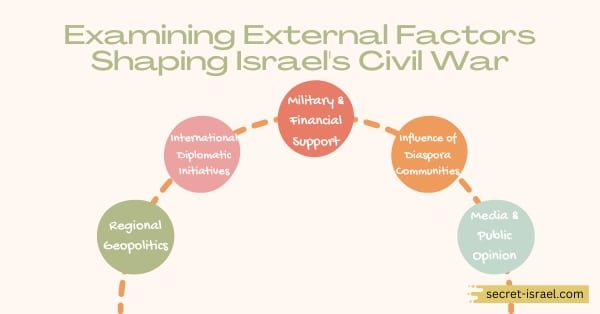
Examining External Factors Shaping Israel’s Civil War
In conclusion
Exploring the root causes of Israel’s Civil War provides valuable insight into the complexity of the conflict. Although the war erupted in 1947 and formally ended in 1949, the underlying issues simmered for decades before and after.
The war’s root causes stem from deep-seated religious, political, and territorial disputes that have defined the region’s history for centuries. The conflict’s immediate catalyst was the UN’s plan to partition Palestine into separate Jewish and Arab states.
However, the partition plan was just the beginning of a conflict that saw the displacement of millions of people, mass casualties, and a lasting impact on the Middle East’s political landscape. Understanding the root causes of this conflict is essential for building a sustainable peace and forging a better future for all involved.



